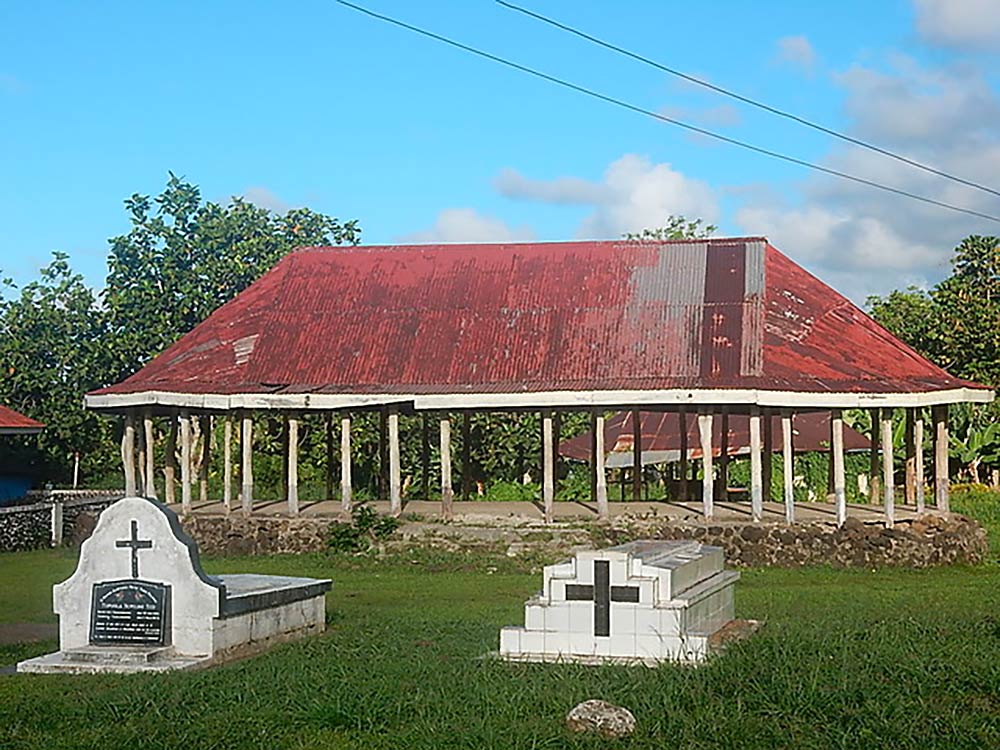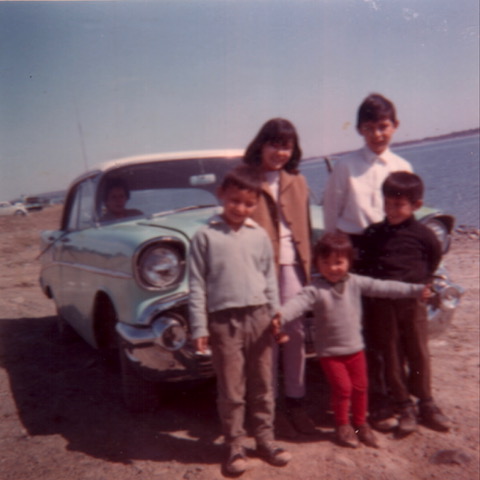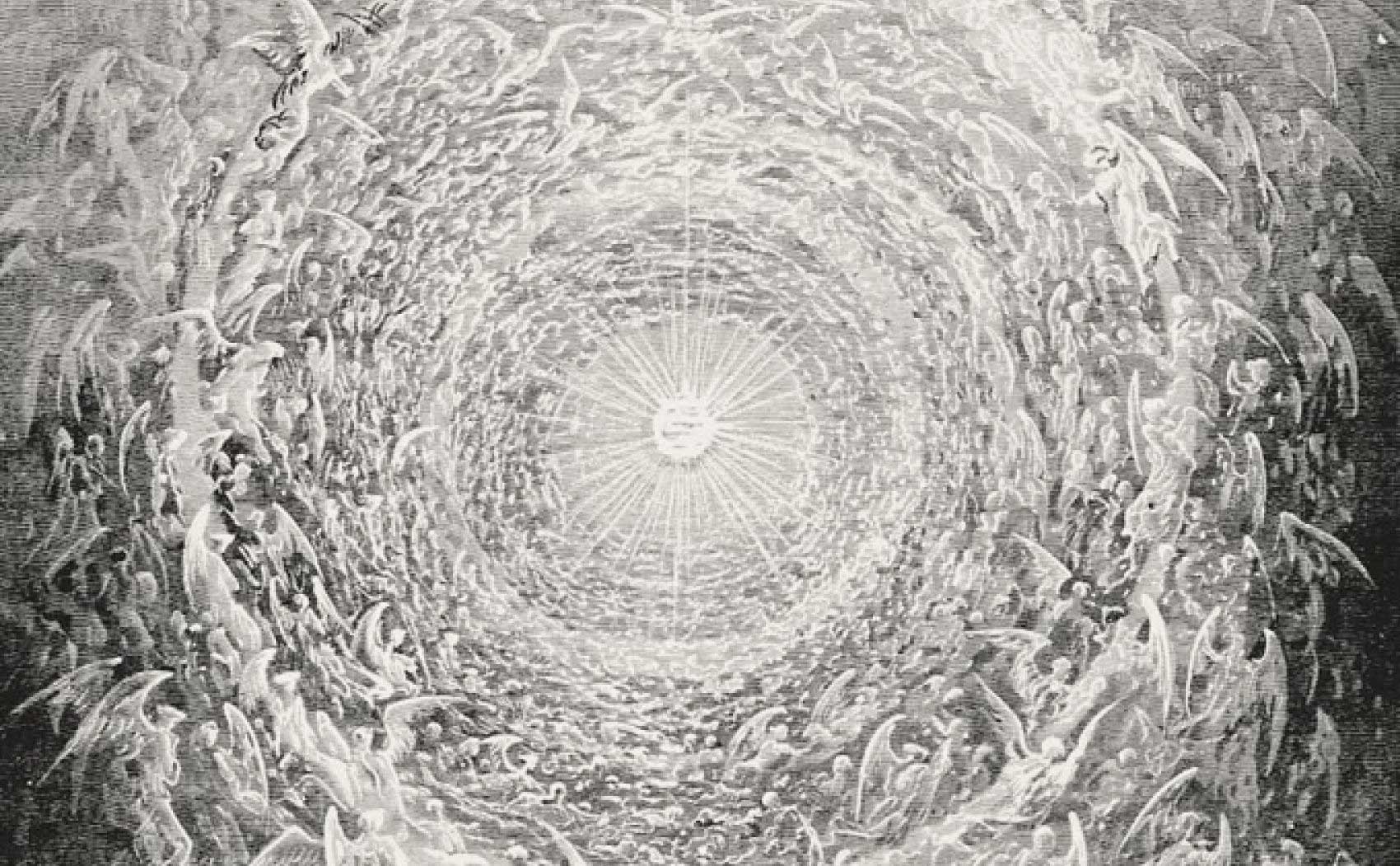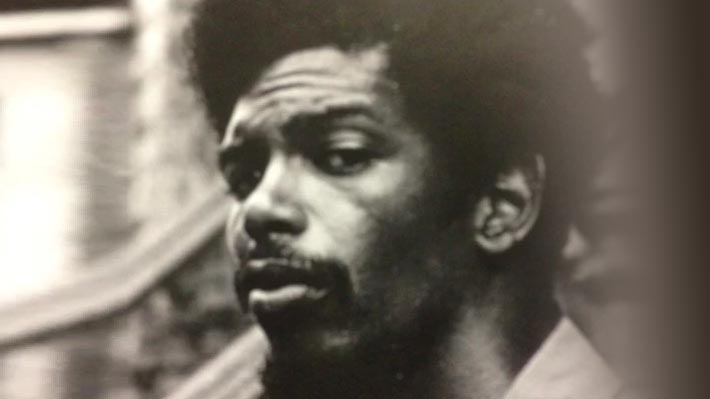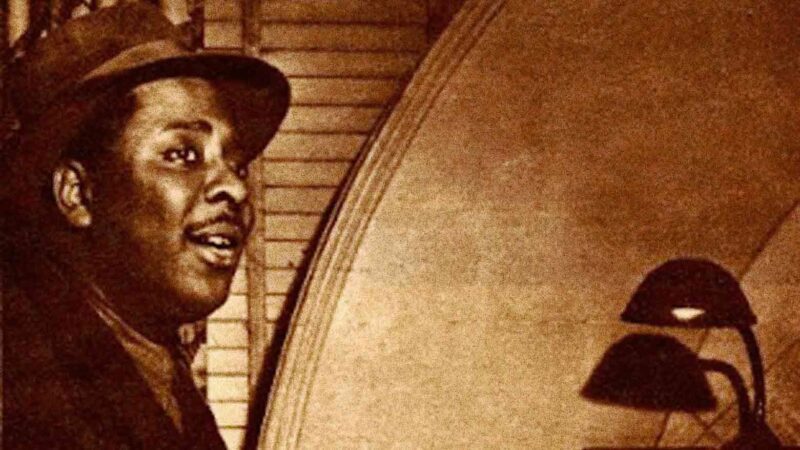Dreaming By Movies
In 2012, a great number of people of the world’s population live and stay in one place, with very little material wealth, and without any luxury. But in absolute terms, there are also many individuals today who have multiple selves: citizenship in several countries perhaps, roots in various languages, relatives here and there, loyalties to different nations and to international causes that can bridge continents.
There is also, naturally, an unseen side to this modern/post-modern, cosmopolitan identity or identities. Part of this selfhood cannot be scanned, as it were, through the normal documents… because it consists of barely conscious thoughts and dreams. And for many people these contours of personality have been significantly shaped by various influences of culture, but especially by the movies: we grew up with them, we learned by them, and changed through them. Wherever we were, film was part of our unconscious and an important source of the self.
Proust, in 1913, begins his chronicle of modern consciousness in À la recherche du temps perdu with the famous sentence: “Longtemps, je me suis couché de bonne heure,”—“For a very long time I went to bed early.” And then he describes the mind as it flows and folds into people, places, times: “Un homme qui dort tient en cercle autour de lui, l’ordre des années et des mondes” – “A man asleep keeps, in a circle around him, the order of the years and of worlds.”
There is indeed such a circle around us and, especially for those who grew up before the computer, this inner panorama consists of icons and mnemonic images taken from films we have seen. The movie critic of The New Yorker, Pauline Kael, referred to this defining, personal role of cinema in the memorable title of her essay collection– I Lost It At The Movies. No matter where we lived, in the land of Disney or the world of Apu, we grew up with celluloid whose screen-projected forms gave us our apperceptions of reality, and our identity. Somehow films were bound up in an intimate nexus of desires, aspirations, and even political ideals, and we constructed ourselves partly through their iconography.
Recently I was talking about this connection to a Montreal municipal activist who teaches political philosophy. “You know,” he said, “I am not much of a film person and I have never gone to movies very often. But there was one that really moved me, Rome Open City [first released 1945]. That was by Rossellini, wasn’t it? And when I saw that in the sixties – people fighting against fascism – I thought: ‘that’s what it is like to fight to make the world better!’“
This reaction on my friend’s part was unusual because I had never talked at length with him about the movies, and it was only when I mentioned the idea of self-definition and the role of films in it, that my friend made his remarks. He did not know it, but Rome Open City happens to be one of my favorite films, too. I had never before mentioned that fact to my Montreal friend and I certainly never discussed the priest-hero of that film, Don Pietro, who defends a communist against the Nazis (“I am a Catholic priest, I believe that anyone fighting for justice and liberty walks in the ways of the Lord”).
My Montreal friend’s reflection came out of the blue, but this Italian film, finished just as World War II was ending, probably expresses something essential about the two of us, or at least what we both would like to be. After all, our first political partnership – this friend and I, as well as a female colleague — was an unsuccessful legal attempt in 2005 to have Tony Blair and George Bush arraigned by the International Criminal Court for war crimes in Iraq. We were like Don Pietros, jousting against Evil, and the slight buffoonery of such an unequal battle even resembled the comic chagrin surrounding Rossellini’s hero-priest.
Different Dreams, Different Nightmares
Movies take us places and we take our movies, inside us, wherever we go. I was born in England in 1942, but now I am what is called an anglophone Montrealer. Et donc…a strange thing has happened over “the years and the worlds” that reflects what has happened to Canada and to Quebec. Those two political realities seem to be moving further and further apart, especially in the Age of Harper. And Canadian Film to most people here means the movies of Quebec. The larger political situation, the language of films, the style of very good ensemble acting mixed with the auteur approach – all these things make Quebec films distinct. An inner voice asks: “Canadian films? You mean Monsieur Lahzar? Incendies?” And an answer comes: Yes, they are Canadian…and No, they are not.
Quebec films represent different dreams. You might say, different nightmares.
We are living through one right now. With great intelligence and determination, the young people of Quebec are rebelling against the market fundamentalism that rules North America.
As people with a sense of film history look around Montreal today at the student protests in the street and the mass arrests of people under Law 78, they recall the film Les Ordres (1974) Michel Brault’s chronicle of the War Measures Act. Quebec is re-living its history once again.
The present stink of corruption in the construction industry makes me think as well of another image, this one from Denys Arcand’s Réjeanne Padovani (1973) –the picture I recall in my mind is Luce Guilbault’s haunted face in that film. She plays, Réjeanne Padovani, the ex-wife of a construction mobster, Vincent Padovani. In the movie, corrupt provincial politicians, gangsters, and developers fraternize, while members of a threatened neighbourhood organize protests against a destructive highway project. Réjeanne is murdered, a victim of the morbid milieu to which she is bound by ties of marriage. She is obviously a symbol of Quebec.
The irony is that this film is playing out again in reality, right before our eyes. The metaphor in 2012 is a giant $3 billion dollar highway project in southwest Montreal called “The Turcot,” a car-centric development, running through the neighbourhood of St. Henri, that the construction bosses and Jean Charest’s Ministry of Transport have refused to alter despite over-whelming public criticism.
Dissident Dreams
Anglo-Montreal has its own dissident dreams. Here is a story about one of them…In 2008, I found myself, by accident , co-producing a short Canadian film with a long-time friend and radio colleague, Hyman Glustein. He had set out with director Alec G. MacLeod to make a film on the Canadian inventor of radio, Reginald Fessenden. The centerpiece of that effort was going to be a radio drama by playwright David Fennario , Fessenden’s Follies. Hyman and Alec filmed a production of that work in the old RCA Victor studio in Montreal’s St. Henri, in the shadow of the existing Turcot highway, the very place that makes me think of Réjeanne Padovani. The one-day shoot took place, and I was there acting the part of a radio announcer.
What happened then, though, was like something out of Mordecai Richler. Somehow (shades of Mel Brooks) I became a producer. We had footage of a radio play, but no money, no sponsors, no aid from the state, no documentary script on Fessenden’s work—we did have a very apt name, though, for our one-off production company: Outawork Films. David Fennario was holding a reading in his Verdun apartment of a dramatic monologue he had written, Bolsheviki, based on the experience of a Canadian soldier in World War One. Cameraman Réné Sioui Labelle took his equipment into the crowded flat that November night in 2007, shot the one-man reading by Fennario, as he sat at a table, and when the evening was over, we all knew that we had a short film, but not the one that had been planned. The effort became the 41-minute Fennario’s War, now a part of the Hot Docs library of Canadian Documentaries.
Only one problem though – Fennario’s War has never been shown on TV or in a commercial theater. It is available for rental viewing on the web-site known as Film Binder, but the film itself never found a buyer. David Fennario’s reading is gritty and authentic, the work is part of a “library,” but the movie is almost outside the market, alone on the web, and stored in the archives of God.
Fennario himself has always been fascinated by World War One. His first book – Without A Parachute – carries on its back page a picture of a soldier in the trenches during the Great War. In the text of Fennario’s War, the main character describes his battle experiences as “hallucinations” and comments on the myth of Canada coming to age in World War I: “Vimy fuckin’ Ridge …The birth of a nation they called it somewhere, but I didn’t see nobody getting born.”
The Canadian Dream? The Canadian Nightmare.
Movies In The Family
When I first heard Fennario reading a section of Fessenden’s Follies about World War I, his evocations made me think of my own Australian uncle and his war experience around the time that the movie industry began.
My mother and her two sisters were part of an Australian family of musicians and theatre people. The three girls all went from Sydney to London, one by one, but in 1914 their 16-year-old brother lied about his age and sailed from Sydney docks to Britain, and eventually to Flanders, where his great friend was killed in the trenches next to him. At this point, the oldest sister used her contacts to bring her brother back to London. When he arrived at Victoria Station he was unrecognizable because he was caked from head to foot with mud. Subsequently, he went back to Australia where he became part of the Australian Broadcasting Corporation, while his two younger sisters worked in theatre and film in England.
In 1920s London, my mother – Dulcie French – was an actress in repertory theatre, and her sister, Katherine (“Bunty”) French was married to an actor, Miles Mander, who was part of a group of people beginning to make new types of film in England, including “Phono-films,” precursors to talkies. The directors Adrien Brunel and Alfred Hitchcock were at the center of this experimental phase of British film. This group of people, known as “the pack,” often met at the Legrain coffeeshop in London’s Soho district. (see,”Miles Mander: the true pioneer of sound films,” Guardian Blog, posted by Henry K. Miller, Oct. 27, 2011).
Bunty – as “Mrs. Miles Mander” –appeared in Brunel’s Cut It Out (1925), a satirical attack on British censors, and Mander himself was in Hitchcock’s first feature film, The Pleasure Garden (1927).
In 1933, my mother sold a film script to Hollywood that she co-wrote with the film critic of the London Evening Standard; each of them earned 500 pounds, which was a fair bit of money in the middle of the Depression, even though the film never was produced. Dulcie used the cash to spend one year in New York City, living not far from where the Modern Museum of Art is today. So, it was the movies that first took her to New York, and that was where we all ended up after the conclusion of World War II. My mother, particularly, never spoke of her time in the theatre, and Bunty – the corporate wife – never mentioned her time in the movies.
My mother was a strongly political woman., an early critic of fascism, a supporter of the Spanish Republic, and a harsh judge of the American Empire. But her professional life in the 1920s, as one of those makers of illusion, on a theatre stage, remained forever hidden.
Movies are dreams. And sometimes the people who make dreams repress their own work not just because it can seem so silly or disreputable, but for other reasons: the latent content is fluid, dangerous and real (or surreal, take your choice) the same way eros is, or psychosis.
New York, Montreal, and Quebec
When I was a young boy in New York City, I often went to the movies with my mother. One place that we would go to was the 85th Street Trans-Lux Theater on Madison Avenue in Manhattan, and it was there that I have my first memory of a feature film – Louisiana Story, directed by Robert Flaherty, the story of a Cajun boy and an oil well that comes to his swamp. In my memory, the film left traces of an eerie, shapeless world, and an industry that was dangerous and threatening. This residuum is most strange since the film was commissioned by the Standard Oil Company, the very corporation for which my father and uncle worked. For my whole life, images from that film have stayed in my head as symbols of something dream-like, unresolved, and disturbingly wrong. Did I watch that film, or did I dream it? Yet I was no more than 7 years old when I first saw it.
It was a great pleasure to go the movies with my mother. I did not realize it at the time, but her professional experience gave her a keen sense of acting, story-line, and editing. She often stressed to me that Alfred Hitchcock had begun as a film editor, and that this was the key to his craft. The 86th Street Grande Theater was another place we would go; by the 1950s it was a place that carried re-runs, double or even triple features for something like 25 or 50 cents. There I saw many films from the 1930s, as well as actors who are now little talked of, such as John Garfield and Paul Muni.

This picture is of the Grande Theater for the world premiere of Salt of the Earth in 1954, a movie about a zinc miners’ strike in New Mexico. The director was Herbert J. Biberman, a blacklisted member of the Hollywood Ten, and his film is sometimes called the world’s “only blacklisted film.” The Grande was a second-run house, but the owner had the courage to show Biberman’s film when no other mainstream theaters would have done so.
In the 1950s I saw all kinds of films, and starting in 1960, I began to be interested by Italian and French cinema. Truffaut’s Tirez sur le pianiste (1960) became my ideal model of modern, romantic narrative.
Eventually, I came to Montreal, and because I reviewed French-language films for CBC radio, a number of movies came to represent in my mind Quebec’s dark, Nordic consciousness – a reality that has taken me almost a lifetime to think of at least partly as my own. It is not possible, I believe, to understand this part of North America without assuming some of the discomfort and tension that has always been here. Here is a litmus test: If Bernard Émond’s 20h17 rue Darling(2003) seems somehow familiar to you, then the reality of this place has made its mark on your consciousness.
A little over five years ago, I was standing in a large warehouse in the old port area, working in the middle of the night as an ACTRA-card extra in a terrible mish-mash of an american film shot in Montreal. Bruce Willis came through a door and entered the set, and he looked diminutive, pigeon-toed, ill at ease, and perched on elevator shoes. or so it seemed. As he came on set, he slipped on a patch of water and almost fell. I had a quick flash of the obvious – “This is all a gigantic illusion. The United States is a giant illusion.” And a second thought: “Of course, Reagan was the perfect President, totally at home in this business, in the manufacture of make believe. He had trained in the movies to become President of the Republic.”
By comparison to the United States, Quebec is more of a reality set against the backdrop of The American Dream.
And that is the situation of Canada as well. Films are made here, but produced in the United States, so that they can be sent back for us to consume.
Certainly the films made in Quebec have a realism all of their own. But in North America, a continent of dreams, the reality principle does not enjoy its usual advantage. Quebec is struggling to be real – in the shadow of someone else’s dream. Canada, too, somnolent though it is, remains restive underneath the smothering blanket of the new status quo.
In the summer of 2012, the youth of Quebec have awakened. The latent has become manifest. The dream-work is becoming unraveled and films made here, including the very modest Fennario’s War, tell us that we are at the painful point when consciousness turns to act. We also remember Arcand’s early work, warning us that awakenings do not always end well.






